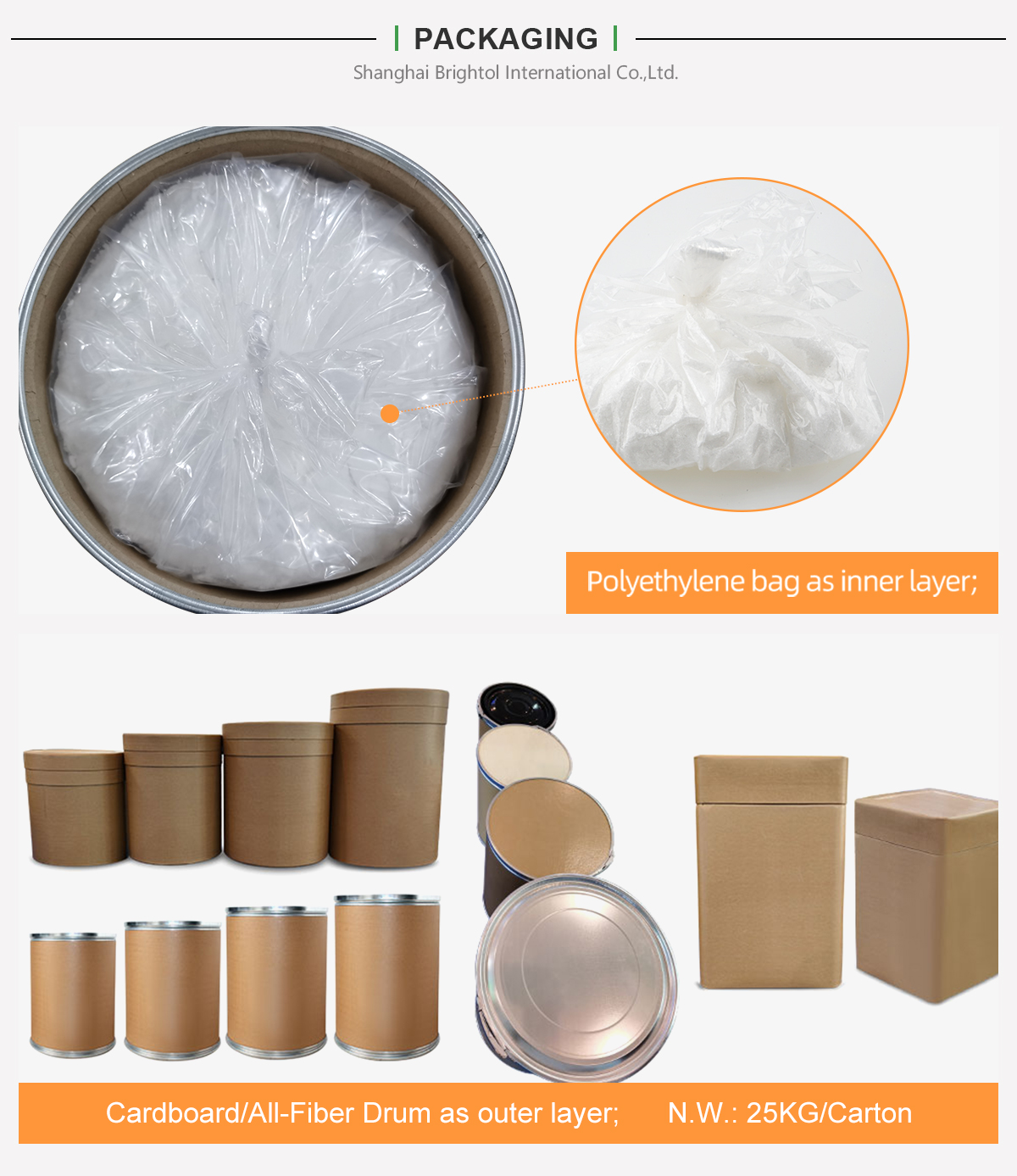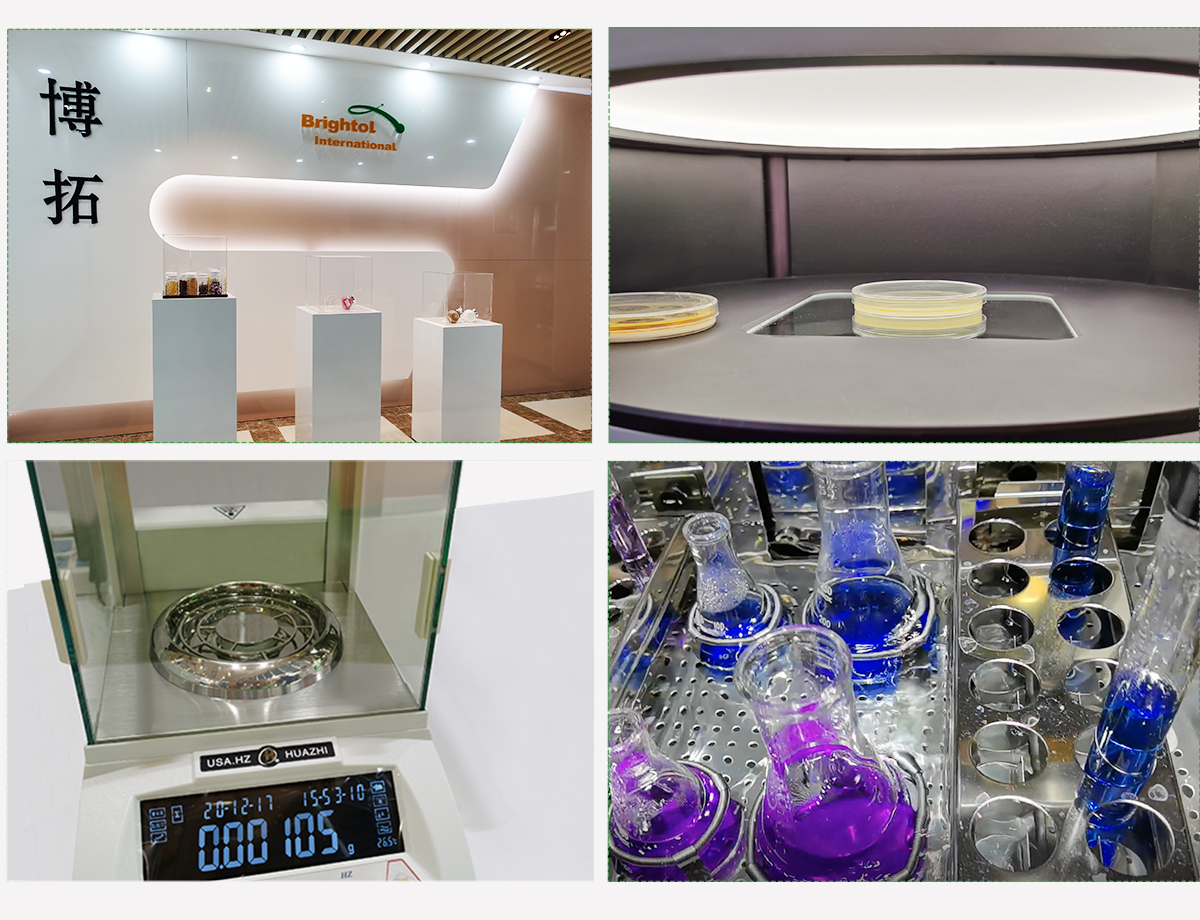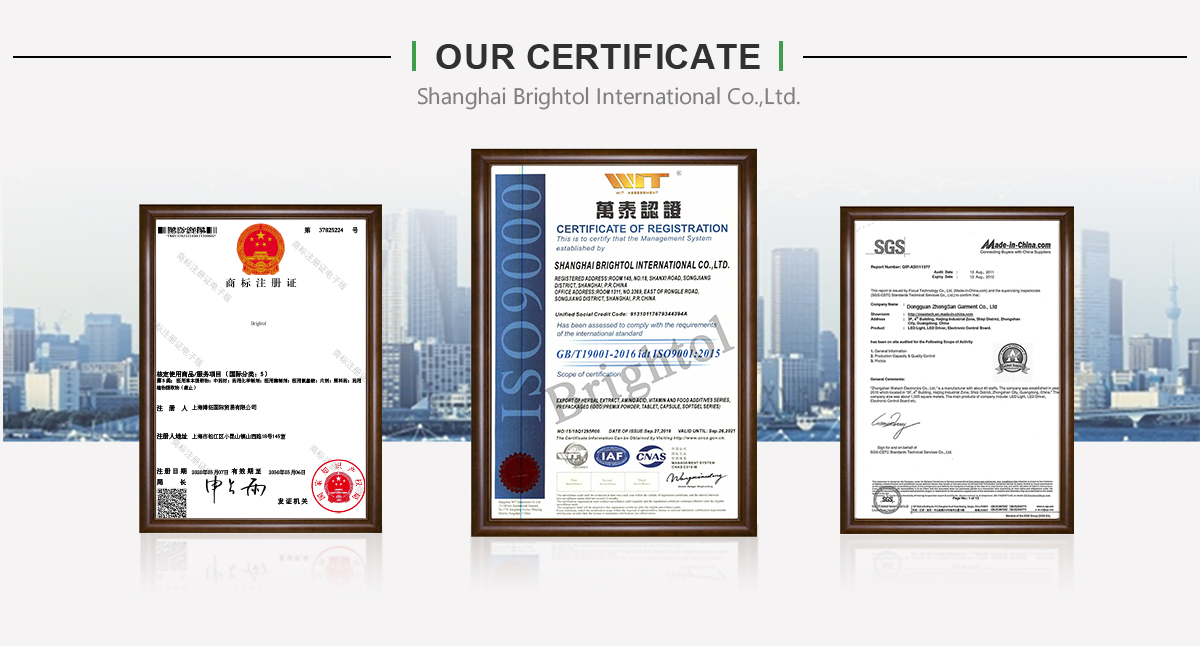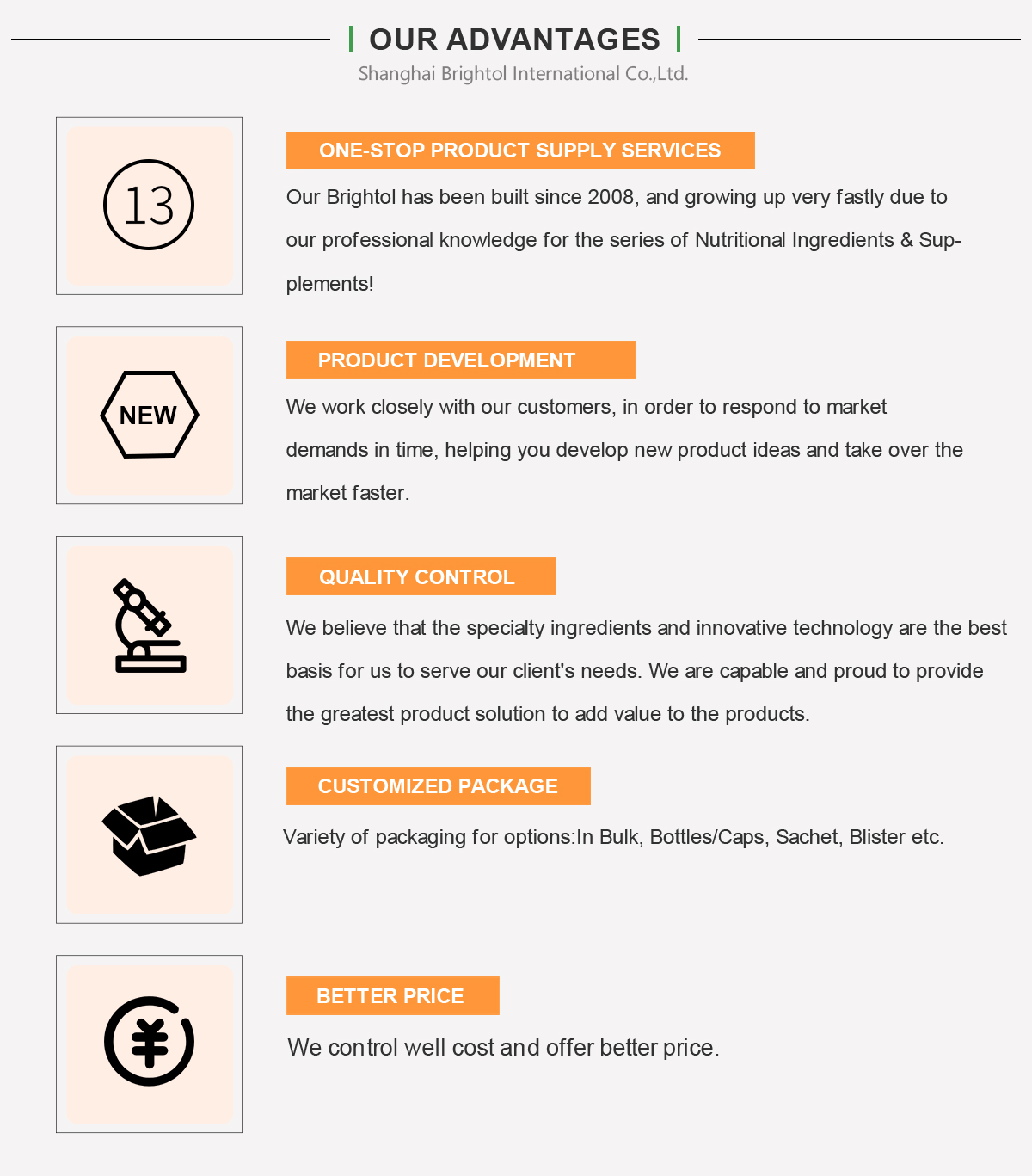

High Oleic Acid Sunflower Oil powder is special for having an excellent stability and lower in saturated fat, helps decrease cholesterol/LDL in the body, therefore reduces the risk of heart diseases. High Oleic Sunflower oil powder is a nutritional supplement or nutritional enhancer, widely used in food, health food, dairy products and beverages applications. High Oleic Sunflower oil powder has the outstanding use advantages than High Oleic Sunflower oil
Product name: High Oleic Acid Sunflower Oil powder
Plant source: Seeds of Sunflower
Material source: Organic Sunflower oil
Active ingredient: Oleic acid (Ω-9)
CAS Number: 112-80-1
Molecular formula: C18H34O2
Molecular weight: 282.46
Characteristics: Off-white or slight yellow-white free flowing powder, CWS (cold water soluble).


High Oleic Acid Sunflower Oil powder is special for having an excellent stability and lower in saturated fat, helps decrease cholesterol/LDL in the body, therefore reduces the risk of heart diseases. High Oleic Sunflower oil powder is a nutritional supplement or nutritional enhancer, widely used in food, health food, dairy products and beverages applications. High Oleic Sunflower oil powder has the outstanding use advantages than High Oleic Sunflower oil
Product name: High Oleic Acid Sunflower Oil powder
Plant source: Seeds of Sunflower
Material source: Organic Sunflower oil
Active ingredient: Oleic acid (Ω-9)
CAS Number: 112-80-1
Molecular formula: C18H34O2
Molecular weight: 282.46
Characteristics: Off-white or slight yellow-white free flowing powder, CWS (cold water soluble).
Advantages of Microencapsulated High Oleic Sunflower oil powder VS High Oleic Sunflower oil
1) Protecting an active ingredient during food processing and storage
2) Improved handling of the active ingredient, for example, conversion of liquid in solid
3) Masking off-taste, odor and color
4) Creating textural and flavor effects
5) Control of active ingredient release.
6) More convenient handling during processing
7) Raises the additional values of production, extending the whole supply chain.
8) Increases the complexity of processes and characterization of fortified products.








